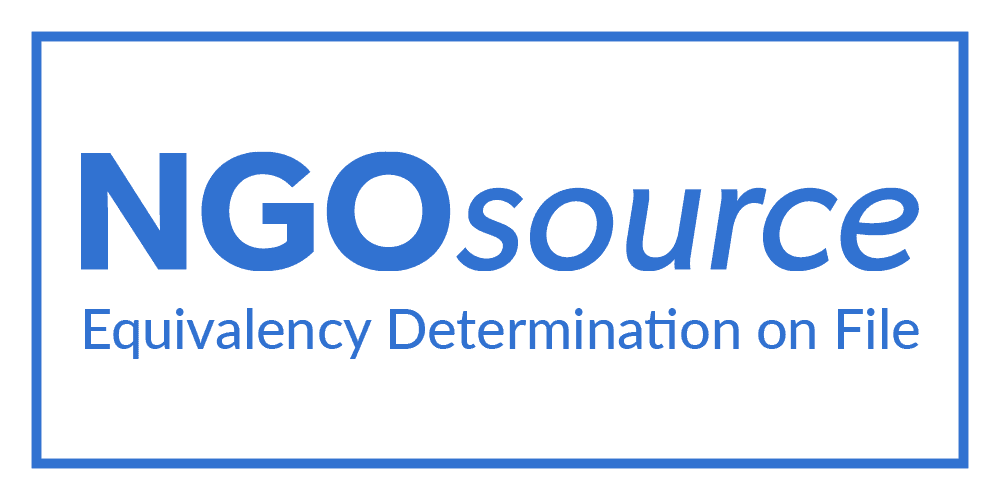Towards new typologies for microinsurance intermediation
Towards new typologies for microinsurance intermediation
4 December, 2013 •Distribution is one of the key challenges in extending microinsurance to the low-income market. Traditionally, insurance distribution is either via brokers or agents or, in the low-income space, on a compulsory sales basis on the back of credit. More recently, commercial insurers have started to employ other, alternative distribution channels striving to find efficient distribution models that are suited to the unique challenges of the low-income market.This document reviews a variety of microinsurance models in South Africa and explores the nature of microinsurance intermediary models and how this impacts on its ability to achieve take-up and ensure informed decisions by consumers.
Cenfri team members participated in this 2007 Genesis Analytics study that took the first steps to extend the traditional intermediation typologies beyond the MFI and compulsory sales space. It draws on a 2006 study commissioned by the FinMark Trust to consider the microinsurance intermediation landscape in South Africa and the opportunities and challenges in unlocking the low-income market.
